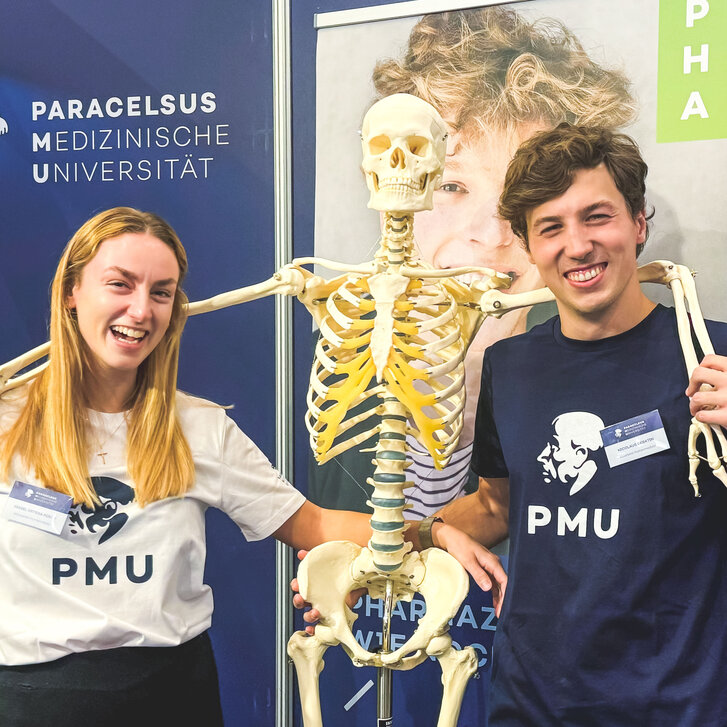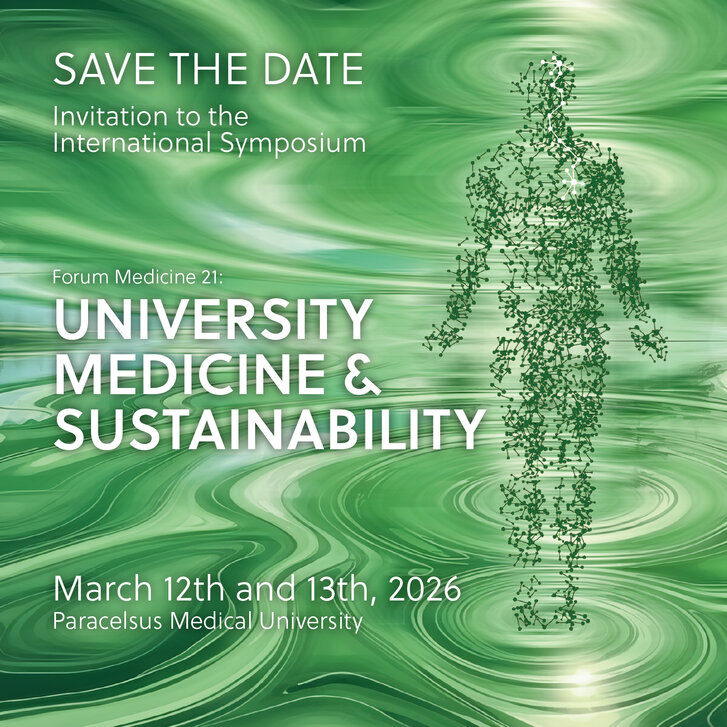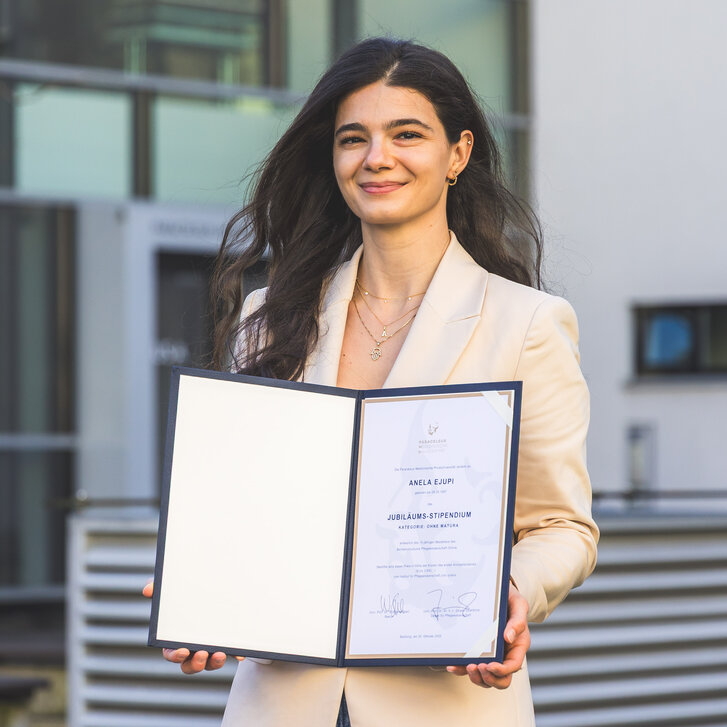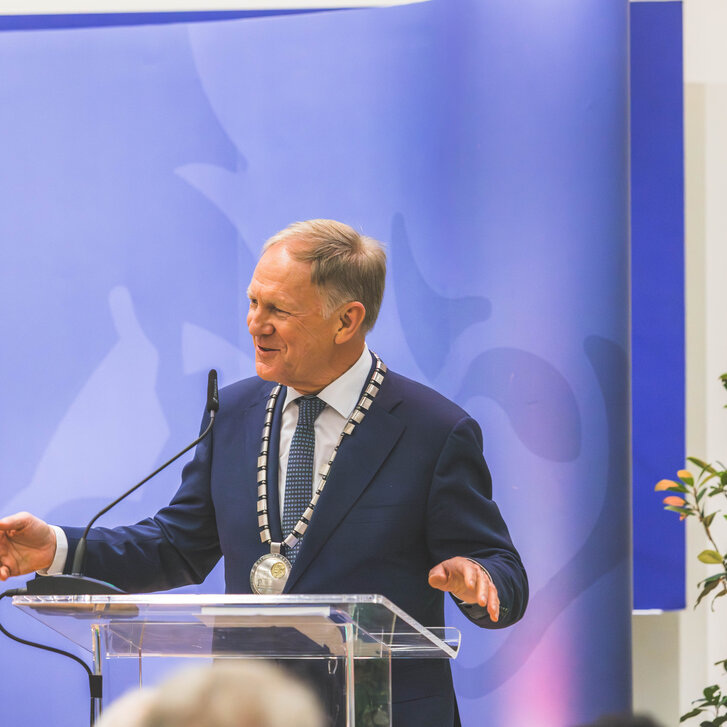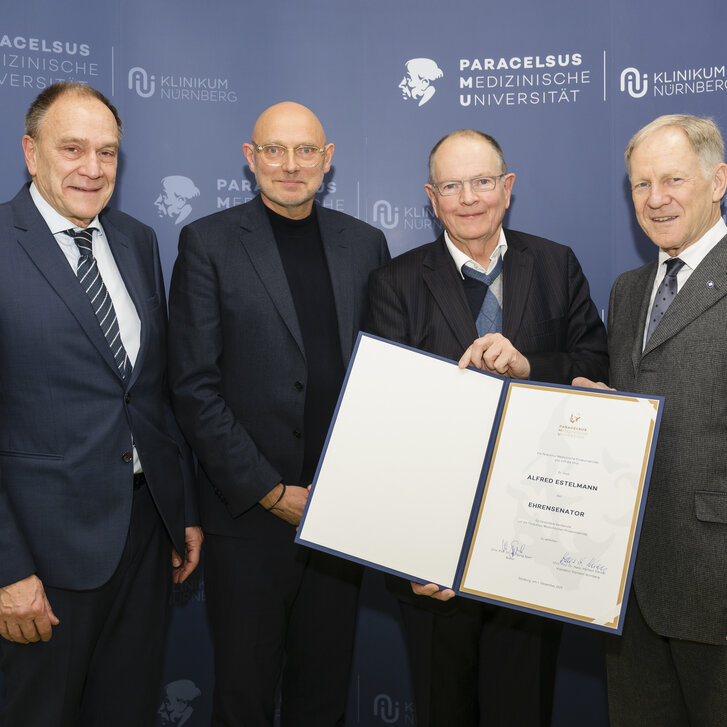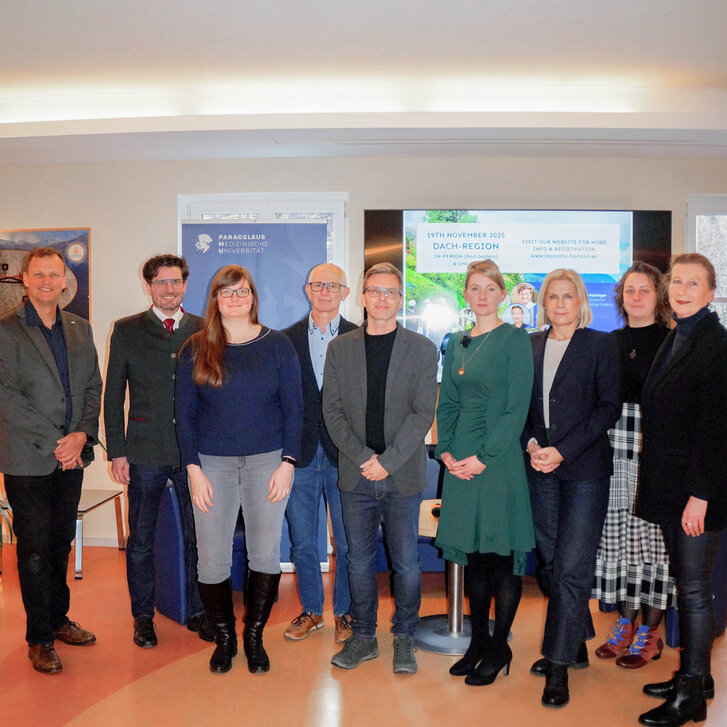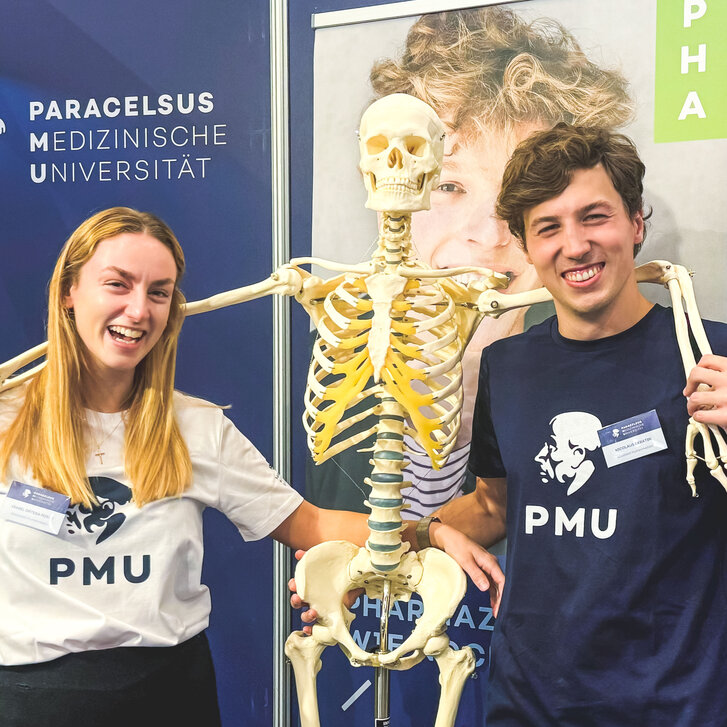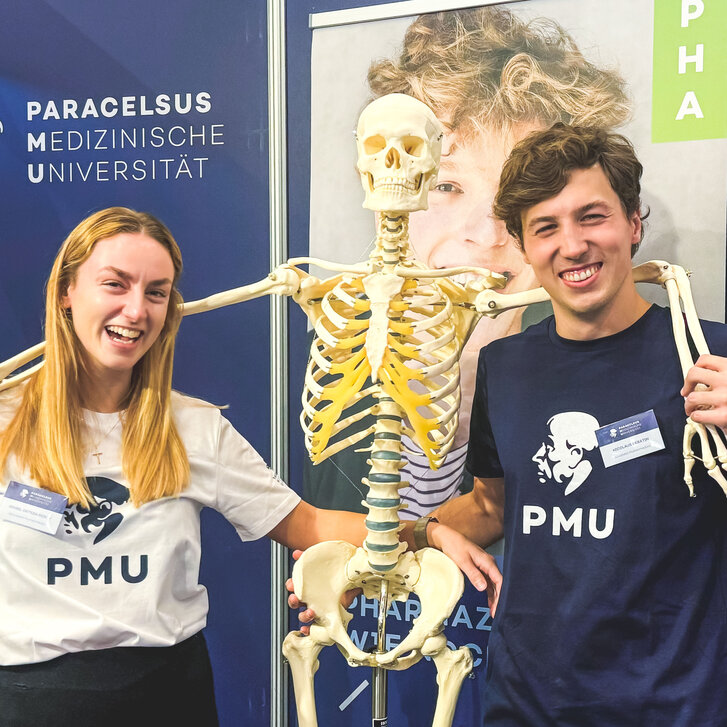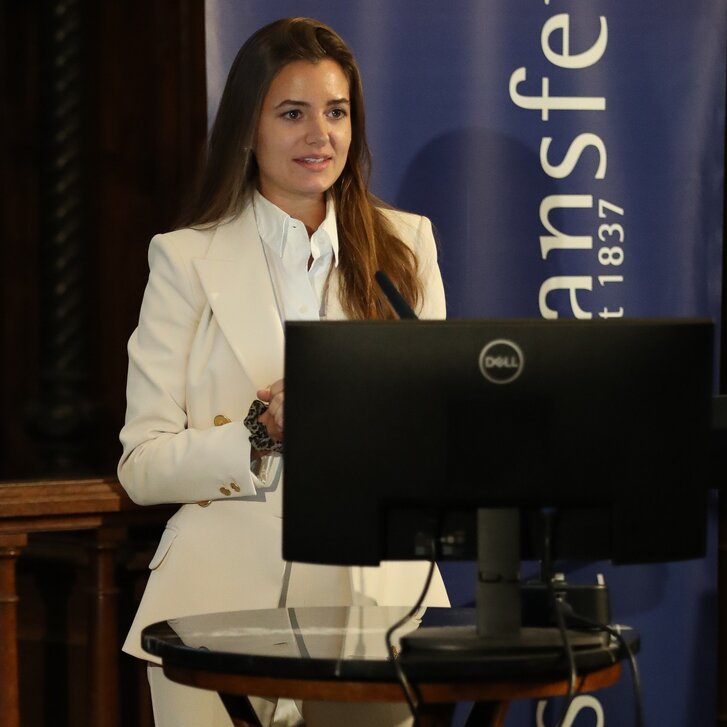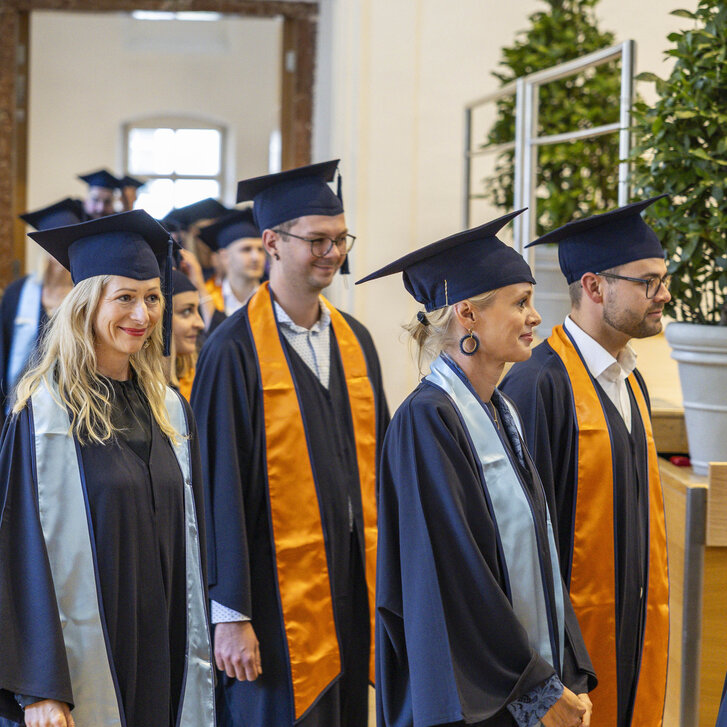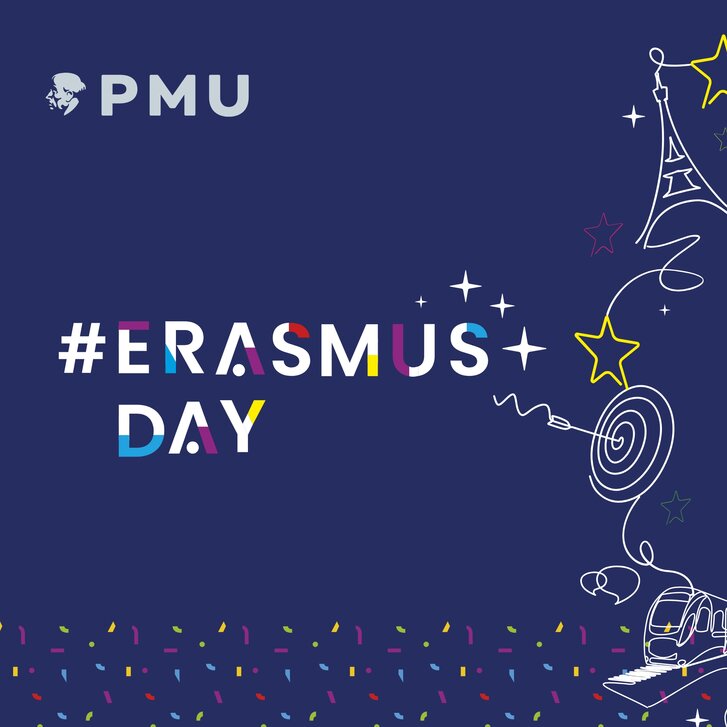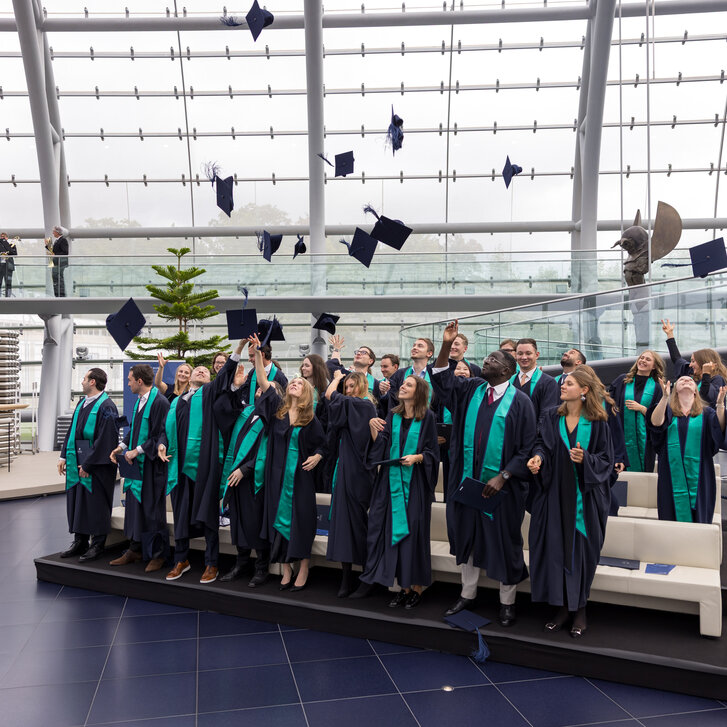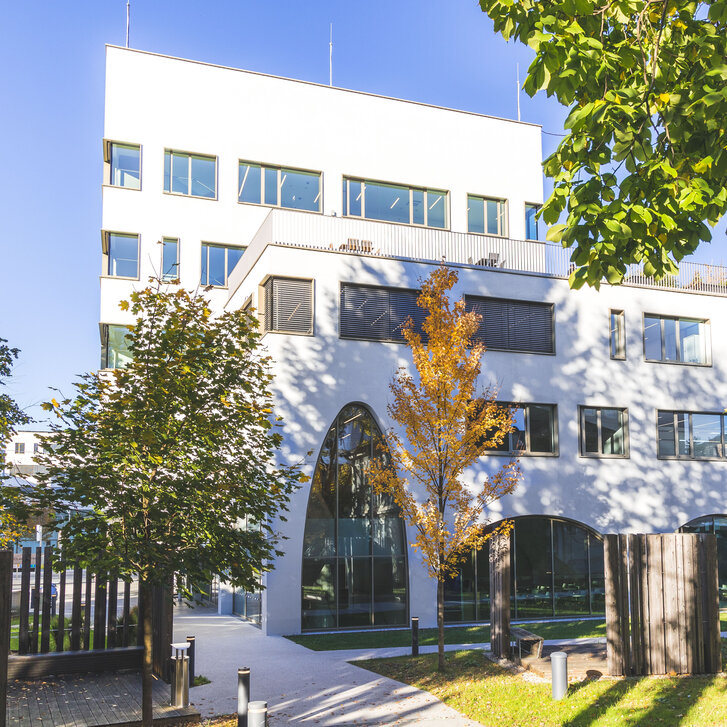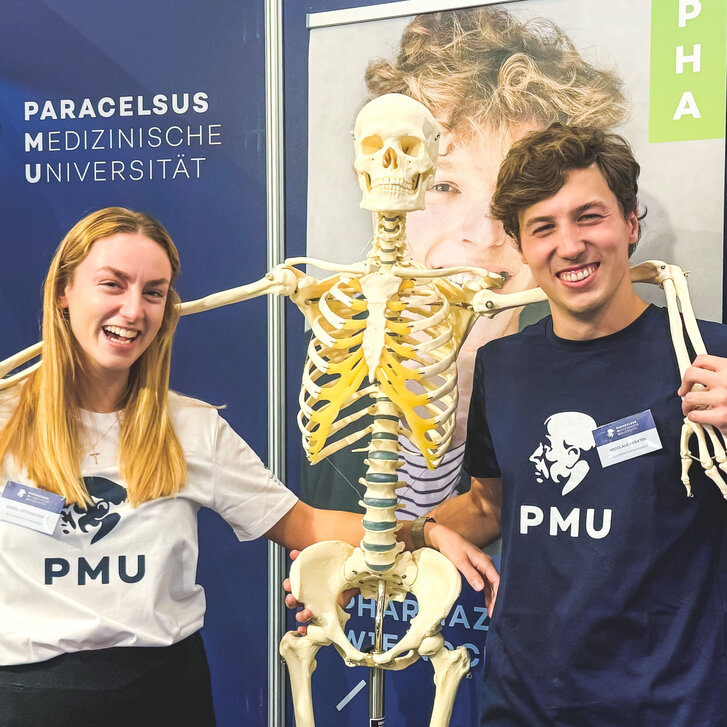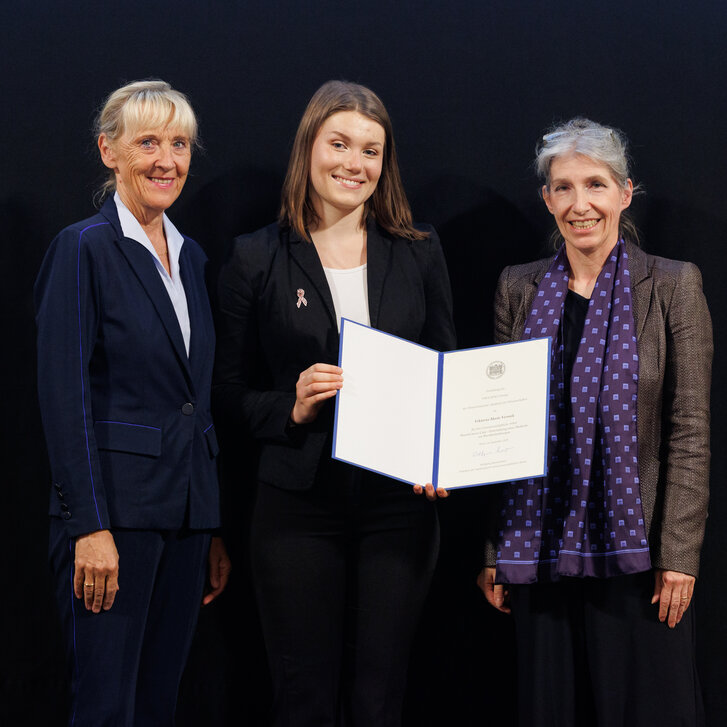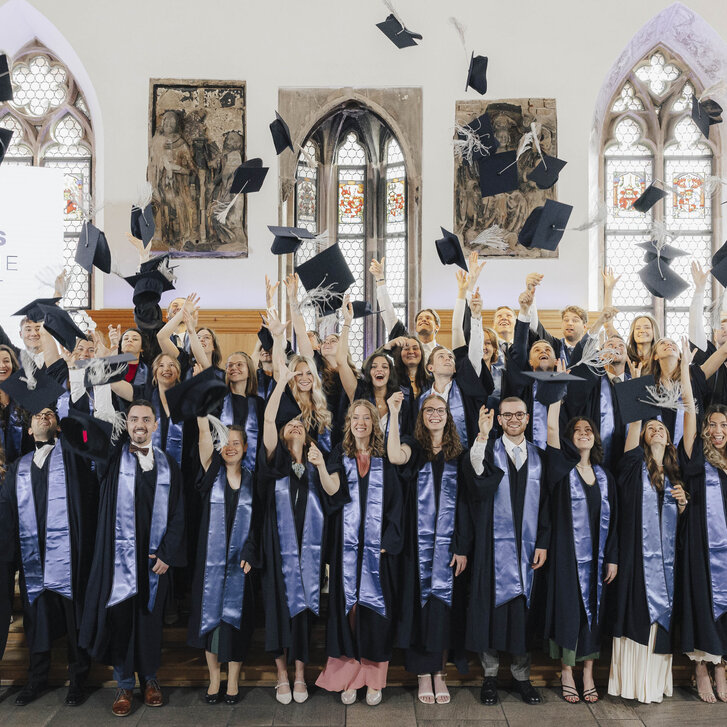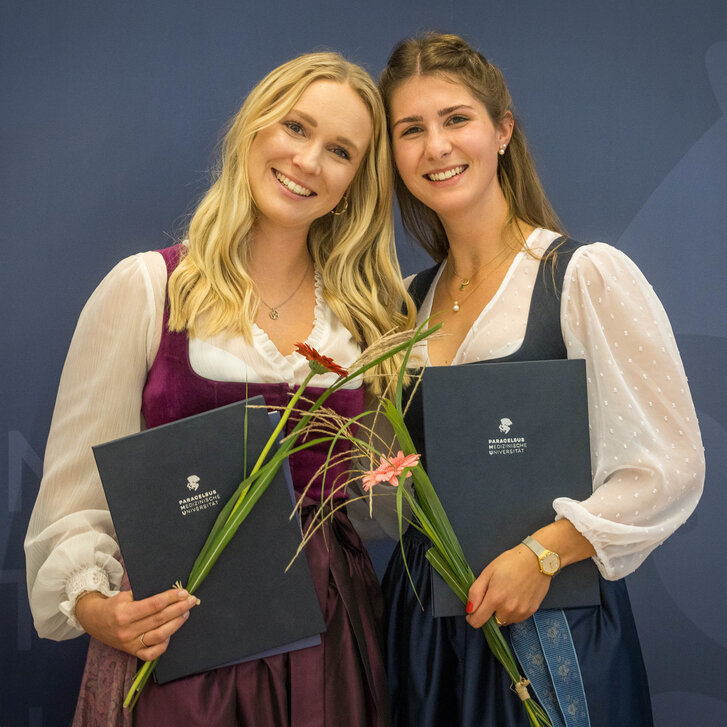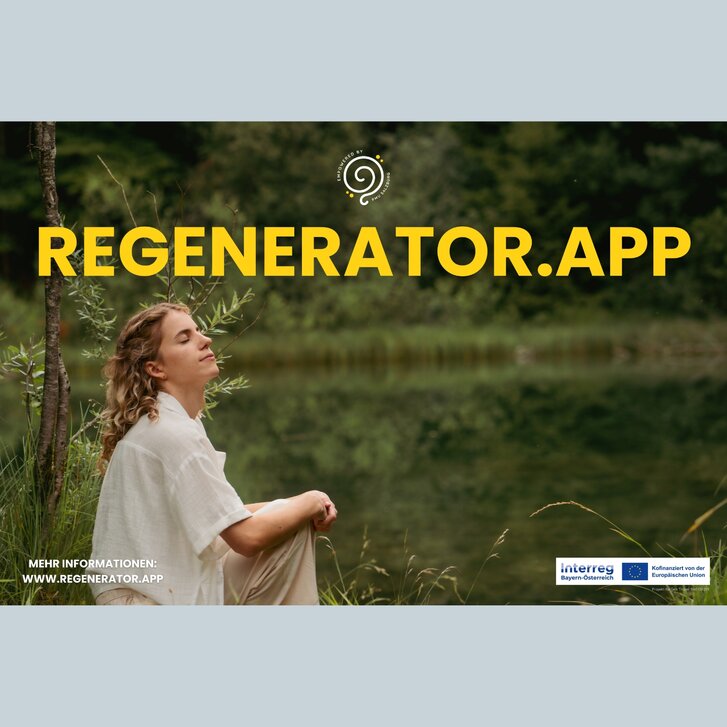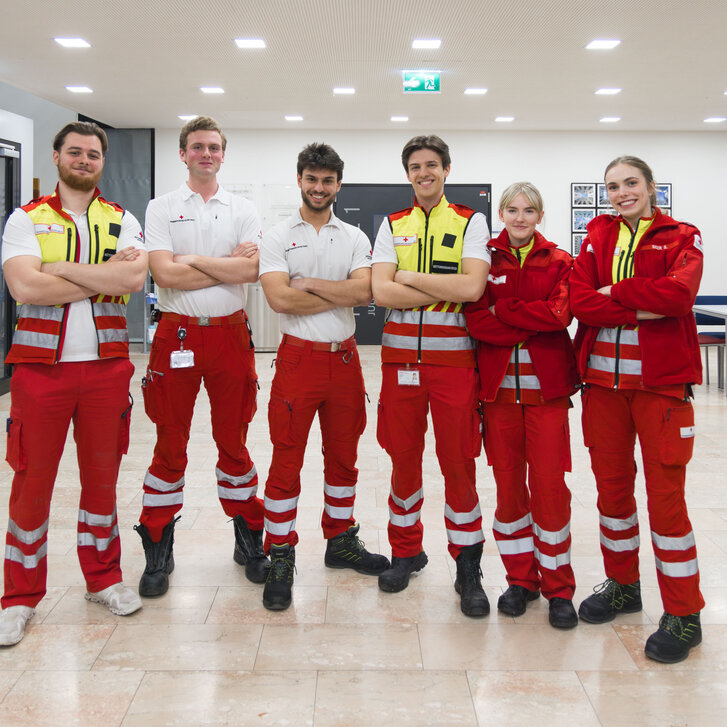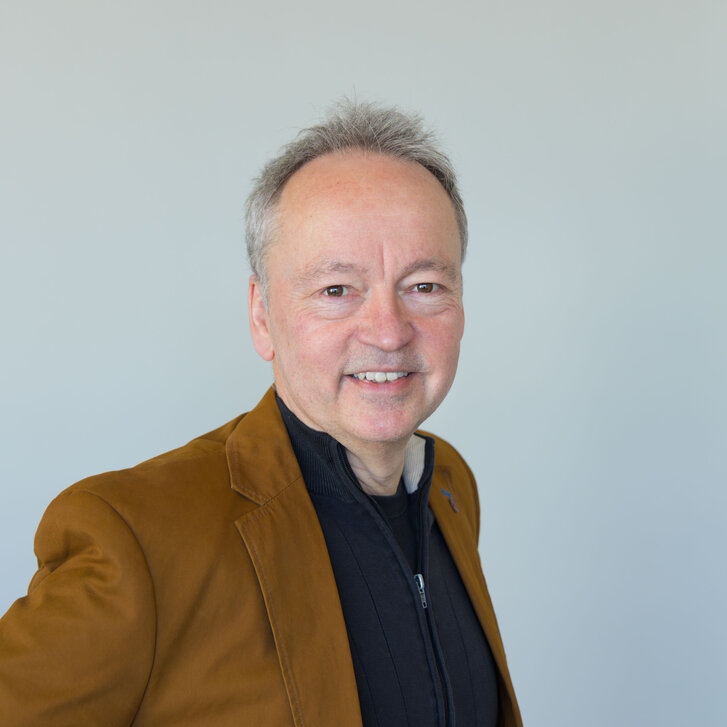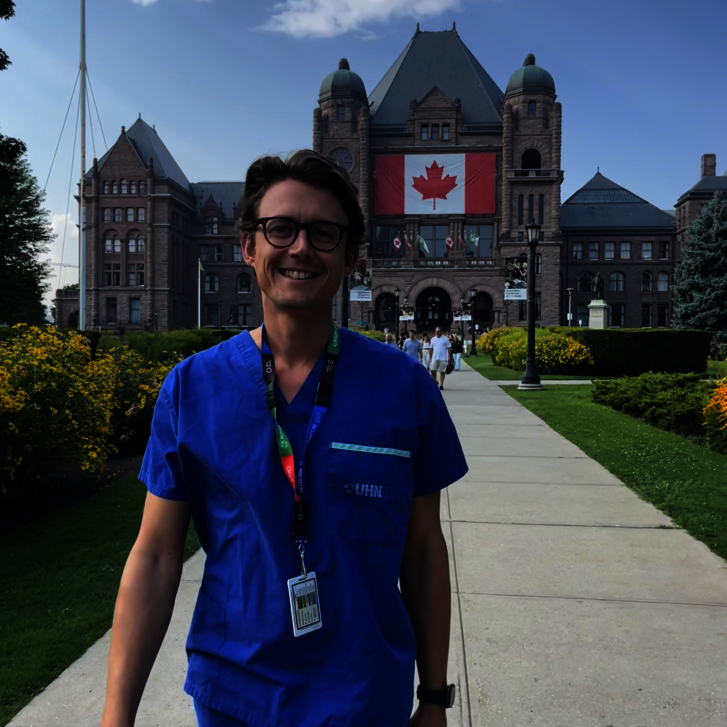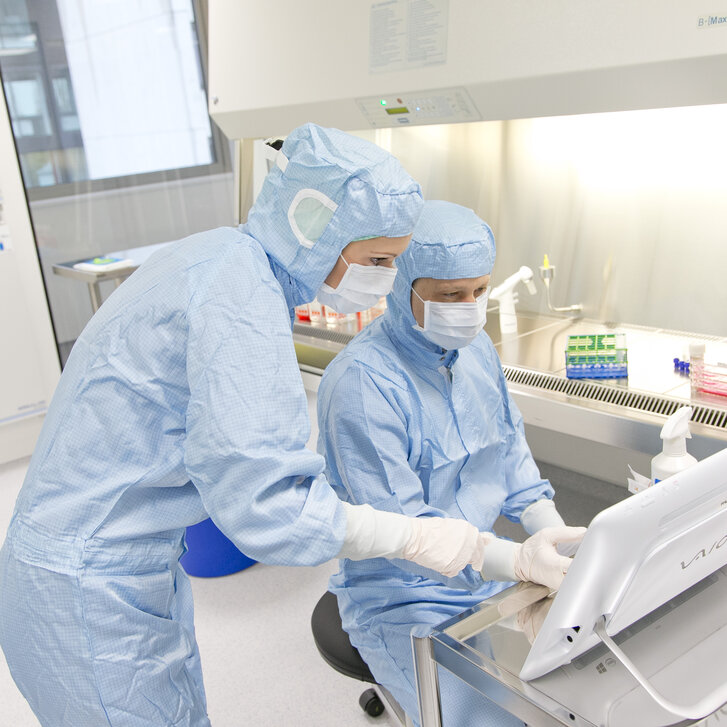
First successful surgery with nano-vesicles for Spina bifida shows positive results.

News from the GMP Laboratory at Paracelsus Medical Private University (PMU): The application of extracellular vesicles (EVs) during surgery on a patient with an open spine (Spina bifida) has proven successful. Throughout the observation period, no side effects were detected. The first patient, two-year-old Magdalena from Germany, was successfully operated on using this method at the University Hospital Salzburg in 2024. This marked the first global use of vesicles specifically derived from human umbilical cord (UC-MSC-EVs). The neurological condition remained stable and unchanged even six months after the procedure. Univ.-Prof. Dr. Eva Rohde, Head of the Institute for Transfusion Medicine, and Prof. Dr. Matthias Krause, a pediatric neurosurgeon at the Department of Neurosurgery at the University Hospital Salzburg, both affiliated with Paracelsus Medical Private University (PMU), contributed as authors to the professional publication of the current research findings.
The nano-vesicles—small membrane-bound particles released by cells—were developed, produced, and tested in the GMP Laboratory (Good Manufacturing Practice Laboratory) at PMU. "Unlike living stem cells, these nano-vesicles are not recognized as foreign by the immune system, thus avoiding risks such as immune reactions or uncontrolled cell growth," explains Univ.-Prof. Dr. Mario Gimona, lead researcher at the GMP Laboratory of PMU, where the vesicles are produced under pharmaceutical standards.
The successful surgical procedure was confirmed by postoperative magnetic resonance imaging (MRI): Typical postoperative complications such as bone marrow edema—a fluid accumulation in the bone marrow that often occurs near joints—were absent. The existing neurological deficit remained stable and unchanged even six months after the procedure, according to the latest results published under the title "First-In-Human Application of Human Umbilical Cord-Derived Extracellular Vesicles in Tethered Spinal Cord Release Surgery."
Link to the professional publication: Journal of Extracellular Vesicles
Great Potential in Wound Healing and Scar Prevention
The research results provide hope. Scientists see particular potential in nano-vesicles for wound healing—especially in reducing inflammation and scar formation without the need to transplant living cells, as has been necessary until now. "Extracellular vesicles seem to activate a self-healing process in the tissue," concludes Univ.-Prof. Dr. Eva Rohde, Head of the Institute for Transfusion Medicine at PMU. "When administered specifically during surgery, they could help reduce scar formation in the spinal cord and promote the regeneration of nerve cells." The successful application in a second child confirms the potential of the method. In the future, this novel therapy should be investigated within the framework of a clinical study. Participation will be randomized—meaning that allocation to a treatment group will follow the principle of randomness. Until then, insights gained through laboratory experiments must also be deepened.
Involved Researchers
Univ.-Prof. Dr. Eva Rohde Head of the University Institute for Transfusion Medicine Director of GMP Laboratory T: +43 57255-24500 e.rohde[at]salk.at
Univ.-Prof. Dr. Mario Gimona GMP Laboratory Head of the Research Program for Nanovesicular Therapies at PMU Deputy Head of GMP Production T: +43 699 14420019 mario.gimona[at]pmu.ac.at
Prof. Dr. med.univ. Matthias Krause University Clinic for Pediatric and Adolescent Surgery T: +43 7255 56110 m.krause[at]salk.at
Translated by Le Chat



